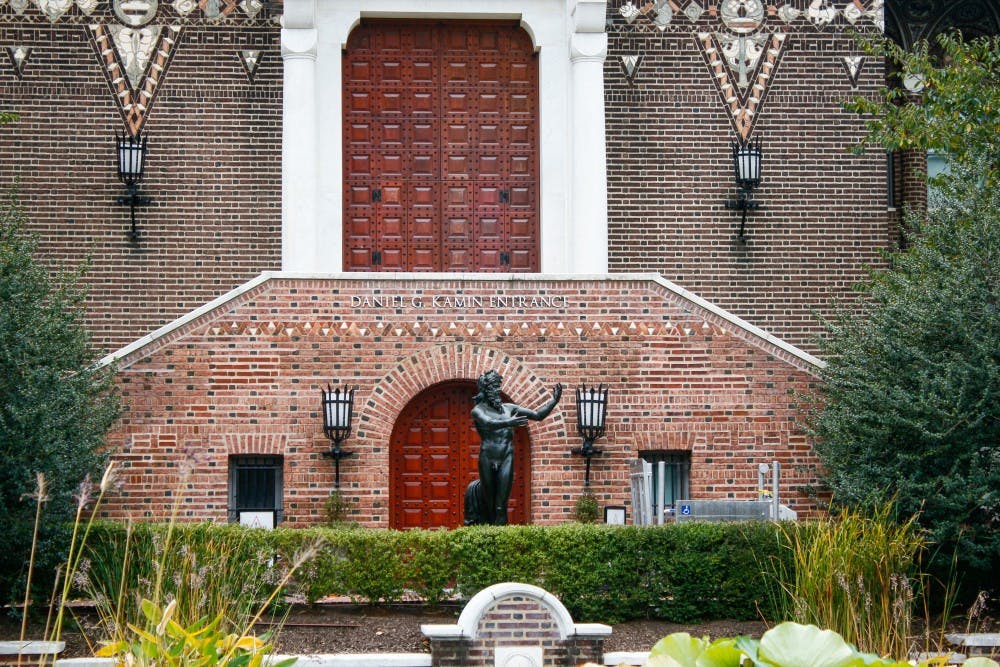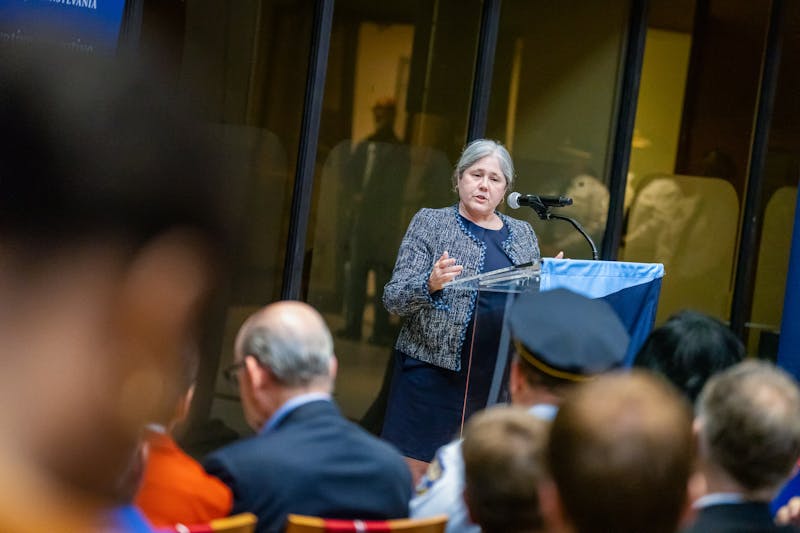
The course, "Archaeology in Pop Culture," will be offered as a freshman seminar taught by Anthropology professor Douglas Smit.
Credit: Amanda Jiacheng ShenA new anthropology course this coming semester will let students learn about Atlantis, Bigfoot, and Indiana Jones.
The course, "Archaeology in Pop Culture," will be offered as a freshman seminar taught by Anthropology professor Douglas Smit. Smit said the discussion-based class will analyze common archaeological tropes by pairing TV episodes and other short pieces of multimedia with academic readings. Topics discussed will include the New Age belief that monuments like Stonehenge and Machu Picchu held special power and people's attempts to prove the existence of mythical creatures such as Bigfoot.
Smit said studying these popular archaeological beliefs can shed light on societies' structures and values.
“Rather than trying to just spend the semester talking to students about why these things are false, I thought it might be more interesting to go more of a meta-textual way," Smit said of his plan for the course. "Why are these stories about aliens or trail hunters or myths about what archaeologists do so successful in popular media? Because once you start to do that, then you start to realize that it actually sheds light on some interesting ideas about race, class, and gender in our society.”

Smit said studying these popular archaeological beliefs can shed light on societies' structures and values.
Smit elaborated on one topic he plans to discuss in the course — theories surrounding massive mounds built by Native Americans in the United States.
“One of the things that people have always sort of wondered about those mounds is, well who built that? Well, the answer is obvious: the Native people built that," Smit said. "But that’s not good enough for some people. In the 19th century, people thought that they were built by the lost tribe of Israel, and more recently people have thought that they were built by aliens.”
Smit said he thinks the seminar will be "a fun course," adding that some homework assignments will involve watching movies and writing response essays. He added that he hopes to direct students towards a deeper, more intellectual conversation on pop culture and help them think critically.
“When we tell stories about the past, often what we are really doing is telling the story about the present," Smit said. "There is a reason that Indiana Jones in the 1980s films operates in a certain way compared to the more recent one in 2010. That has very much to do with not really Indiana Jones or archaeology, but the sociopolitical things going on in our society.”
The Daily Pennsylvanian is an independent, student-run newspaper. Please consider making a donation to support the coverage that shapes the University. Your generosity ensures a future of strong journalism at Penn.
Donate






